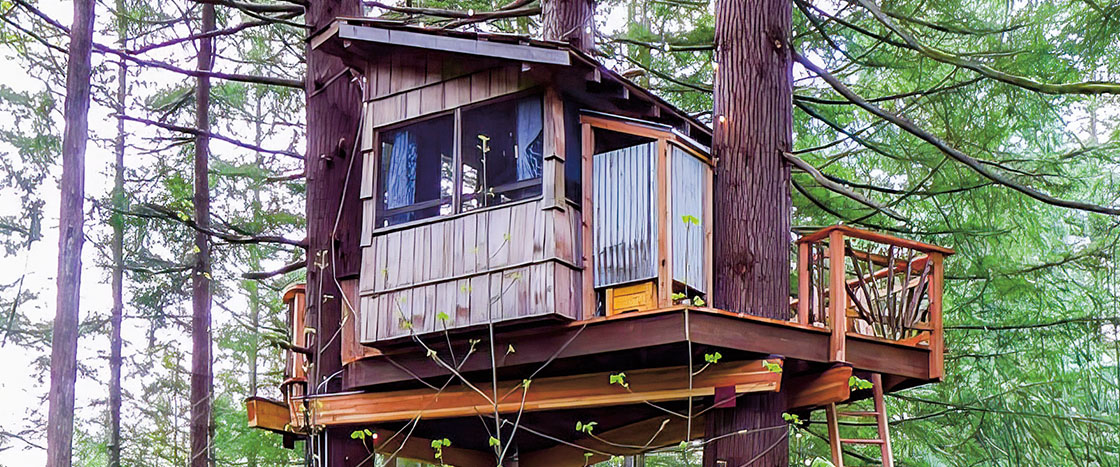Anna Gardner was 5 years old when her family moved to North Carolina. She had one request: a tree house.
She got her wish. But it’s no ordinary tree house. It has a kitchen and dining area, a lounge, and a balcony. It even has electricity and plumbing!
Anna’s tree house was built by a company called Nelson Treehouse and Supply. Daryl McDonald works there as a tree house designer. The tree houses they build take a lot of work, and they can cost hundreds of thousands of dollars.
Anna Gardner was 5 years old. Her family had just moved to North Carolina. There was one thing she wanted her new house to have: a tree house.
Anna got her wish. But her tree house is special. It has a kitchen and dining area. It also has a lounge and a balcony. It even has electricity and plumbing!
Anna’s tree house was built by a company called Nelson Treehouse and Supply. Daryl McDonald works there as a tree house designer. The tree houses they build take a lot of work. They can cost hundreds of thousands of dollars.

